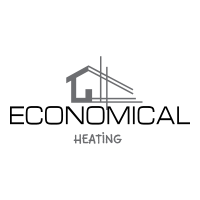Step by step installation
Choose a place for the stove very carefully.
Distance from walls and objects made of flammable materials.
There are at least two things to take into account. The first one is the most obvious
-
Ignition of a given piece of furniture or wall
-
Second damage caused by too high temperature. Warping, peeling of paint, discoloration
At an appropriate distance from the furniture
Protect wooden walls against heating with screens, e.g. ceramic or cement tiles
The floor should also be protected against damage
-
hot embers or ash falling out
-
Dirt
-
Scratches from the metal legs of the stove
You can use special metal floor sheets that we offer, but
-
ceramic,
-
concrete slab
-
natural stone tiles
certainly work great.
Using a heavy stone, concrete or ceramic, well-stabilized base for the stove will also contribute to its future stability.
It would be very dangerous for the stove to tip over when the fire is burning.
Remember that the first element - the elbow or pipe - should be placed at the outlet from the furnace. We do not put it inside because it will not only block the draft regulation but also cause the last element of the rain cap to not fit on the wider end of the pipe.
Read about other ways of installing a chimney on our website
Try to mount the vertical pipes outside first using wall brackets. This will allow you to measure the exact length of the pipe passing through the wall.
A properly installed chimney should be 60 cm higher than the edge of the roof
The chimney should not end at the wall below the edge of the roof. Such a chimney will work in most cases, but the risk of backdraft increases significantly. This means that the blowing wind pushes the smoke back into the chimney and all the smoke accumulates inside the room. If this happens, it is almost impossible to reverse this direction.
Using an h-type deflector helps reduce the occurrence of backdraft but does not prevent it 100%
If the chimney ends below the edge of the roof, the wall becomes dirty with soot after a short time.
Experience shows that proper use of our heating device can extend its service life for many years.
Burning the stove every day prevents moisture from damaging pipes and elbows.
This significantly extends the period of use
